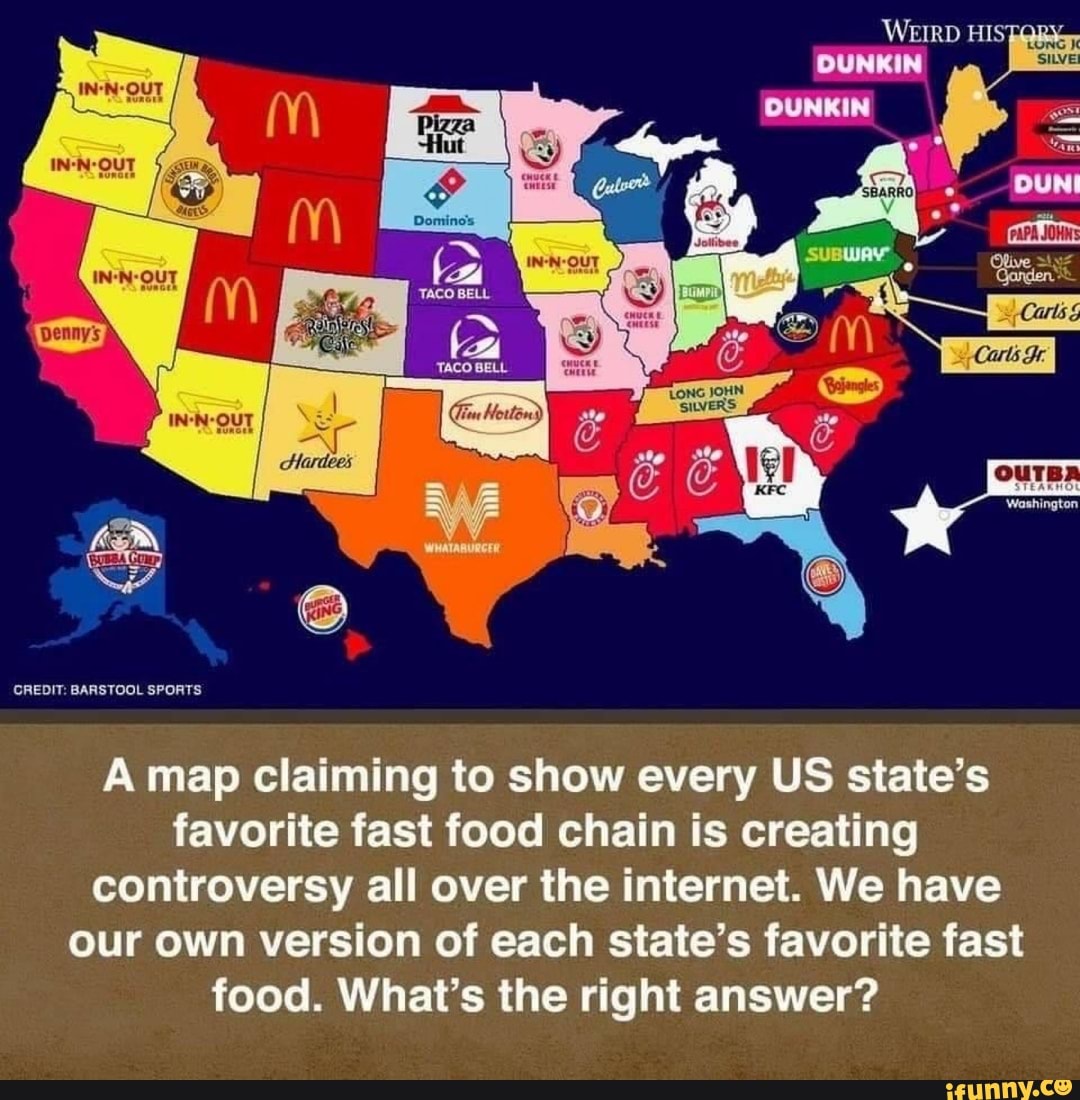

( An earlier study suggested that 16% of connections were international, but likely miscalculated US/Canada connections.)

Queries Ugander ran suggest that roughly 12% of connections on Facebook cross national borders. Fascinated by Butler’s visualization, I worked with Johan Ugander, a visiting researcher from Cornell embedded at Facebook, to understand the nature of these international connections on the platform. While Facebook mediates billions of connections that span oceans and borders, those connections are vastly outnumbered by the local connections mediated by the platform. The angle Butler chose – the focus on connection – is one that both reveals and distorts.
#Cavorite map portable#
Butler’s map celebrates the persistence of these ties much in the way John Clang’s “Being Together” series creates family portraits that unite the present and distant by projecting absent loved ones into the living room via Skype and a portable video projector. In the same way that Skype has allowed families to maintain strong ties over distance, Facebook allows you to maintain weak ties, the casual friendships you might otherwise lose when leaving your hometown. It’s not just a pretty picture, it’s a reaffirmation of the impact we have in connecting people, even across oceans and borders.”įacebook has become a deeply important medium for allowing lightweight awareness and continued social connection between people who are physically separated. “When I shared the image with others within Facebook, it resonated with many people. The angle Butler chose – and which Zuckerberg has celebrated – is the idea that Facebook can serve as a connective tissue for a global community. Instead of starting with a blank canvas, you manipulate the lens used to present the data from a certain angle.” Like photography, a visualization reduces the unfathomable complexity of reality to the contained complexity of a single, discrete image. The issue is somewhat academic – as Butler explains in his text introducing the visualization, “Visualizing data is like photography. The unknown author of the new map – probably not Butler, as he left Facebook shortly after publishing his image – is unclear on whether this image visualizes all of Facebook’s 2 billion users (and their estimated 300 billion relationships) or samples a subset to construct the imagine. The new Global Connections map, circa June 2017, author unknownīutler was admirably clear about the methodology used to make his map. (Prior to that: dog pictures.) On June 27, 2017, he posted an updated version of the image, with the message: “Updated with 2 billion people. Since 2013, it’s been the “cover photo” on his personal Facebook page, shared with his 97 million followers. In the US, India and Europe, the density of Facebook users is so intense that national borders and continent outlines are clearly visible, though the map has no geographic layer, just the geolocated representations of these ten million users. What emerges from a sample of ten million relationships – college students in Boston connecting to high school friends in Michigan or Indian guest workers in the UAE sending messages home – is a glowing blue and white map of the world. Using a sample of friendships from Facebook’s vast database, Butler plotted great circle arcs connecting cities where friends had last logged into the service.
#Cavorite map software#
In December 2010, Paul Butler was a software engineering intern at Facebook, taking a break from his bachelor’s studies at the University of Waterloo, when he created a visualization that’s become core to Facebook’s mythos.


 0 kommentar(er)
0 kommentar(er)
